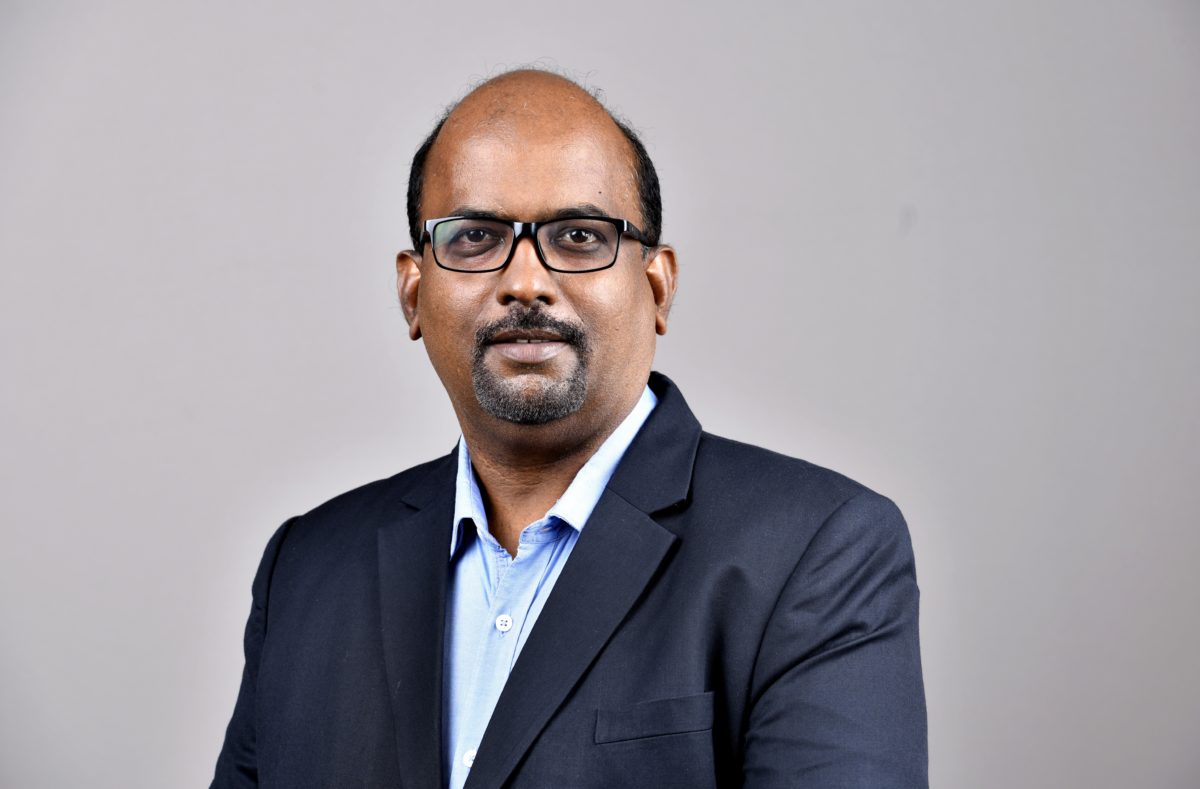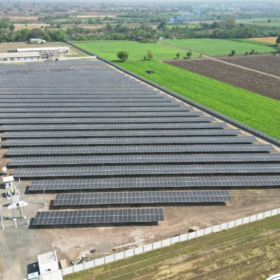pv magazine: What impact has the Covid-19 pandemic had on the solar engineering, procurement and construction (EPC) sector?
Kannan Krishnan: The Covid-19 pandemic has spread and affected countries and industries across the globe. This unprecedented crisis has also impacted the solar industry at large. Business acquisition has not suffered significantly.
More than 4 GW [of] projects have been tendered, of which we have won 1 GW capacity. However, the main challenge has been in terms of execution, due to the disruption in the supply chain. With the resumption [and] supply of solar PV panels and other critical equipment, and the Covid situation stabilizing in some countries, work has started to pick up the pace.
That said, projects in countries like Australia and Chile were not significantly affected, and the work was on, at a slower pace. Whereas, in countries like India, Jordan and Kenya, the work came to a grinding halt in the past few months. However, with the restrictions being lifted gradually in these markets, construction activities have begun and if there is no re-emergence of the virus, we are positive that projects will pick up pace in the second quarter of this year.
Do you think, post-Covid, access to finance has become more challenging?
Due to the Covid-19 outbreak, financing for new projects has been impacted globally. Investors across debt and equity will become highly selective in financing projects due to uncertainty in the environment. Arranging debt capital could be a challenge in the short-term, post-Covid, for renewable energy projects.
Liquidity remains a constraint and this is exacerbated by the dire financial condition of the DISCOMs [electric distribution companies], leading to delays in payments.
There are too many projects approaching the few lenders which are active in this segment. Non-banking financial companies (NBFCs), which are the important lenders to this sector, are struggling with their liquidity and [are] following a ‘catch-22’ approach. Despite government interventions and support in terms of [a] repayment moratorium, the current under-construction projects could see a delay in financial closures.
Captive projects, especially in the rooftop segment, will see a delay, since companies prefer to conserve cash in the short term. However, this segment is likely to revive in the long term.
Internationally, what major projects do you have under way?
Sterling and Wilson Solar currently holds a strong and robust EPC portfolio of 10.6 GWp, with projects spread across 17 countries. We also have 7.5 GWp of solar plants as part of our operations and maintenance [O&M] portfolio, including third-party maintenance.
Our largest project in Australia, 460 MWp capacity, includes an O&M contract as well. Apart from this, we have two significant projects under construction in the region; a 200 MWp project in New South Wales and a 144 MWp project in Queensland.
Our U.S. arm, Sterling and Wilson Solar Solutions, recently signed a 194 MWp order to manage the turnkey execution for a PV project. The plant will be utilizing bifacial technology to produce enough solar energy to power over 35,000 homes, helping to avoid approximately 275,000 metric tons of carbon emissions.
We also have projects under construction in India, Jordan, Kenya and Chile. We are currently bidding for various tenders in regions that have eased up business lines, like APAC [Asia-Pacific], Europe, North and South America.
Has the Covid impact been the same as in India?
The lockdown and restrictions in the wake of the pandemic disrupted the supply chain and delayed projects. However, as the unlock phase has begun, there has been a partial easing of restriction, leading to a gradual increase in project execution pace.
Even though force majeure conditions will enable … extensions for commissioning the projects, we have observed a shortage of migrant labor. Hence, we have started training the locals to work at the sites. This will also help in generating employment for the local residents. By doing this, we hope to compensate for the shortage of laborers anticipated for the next couple of months.
Our O&M services remain mostly unaffected because all the factories need to have their uptime, and these are believed as essential services.
Are you satisfied with the government approach to the solar sector during the lockdown period? What are your views on the phased opening of the solar sector?
The government of India was proactive in generating awareness and executing controlling measures to curb the impact of [the] Covid-19 pandemic. The Ministry of New and Renewable Energy (MNRE) has taken corrective measures to boost the renewables sector and has released advisories for project completion and [for the] extension of timelines because of force majeure law. Renewable energy plants [were] their prime focus, which kept our O&M portfolio healthy.
What are the measures being taken by the governments in other countries which merit attention for India too?
To boost the deployment of renewable energy, the focus must be to formulate supportive policies, including regulations, laws, economic encouragement, technical R&D, industrialized support and renewable energy model projects.
Several countries have formulated favorable policies to reduce the reliance on fossil fuel and increase the share of renewable energy in their overall energy mix. Countries like the USA, Canada, Germany, Spain and France have excelled in optimizing their solar energy utilization.
Conducive policy support; clarity on taxation, subsidies and soft loans; investments [in] R&D; and indigenous manufacturing capability, through long-term forecasts on anti-dumping duties, may prove to be an important merit for attracting the attention of investors and boosting the growth of solar energy in India.
What’s on your radar – global expansion or exploring more within the domestic market? Will there be any change in strategy, post Covid?
Sterling and Wilson Solar is committed to leading the transition towards low-carbon energy globally. We will continue to strengthen our business portfolio in the domestic and existing international markets, along with exploring newer geographies that are looked upon strategically.
We won large orders in Latin America last year and, after 2.5 years of operation, we have recently signed a large order in the USA. We have also recently won our largest order in Australia and, after the huge success in the region, the next target market for us is Europe.
Europe has enormous potential in terms of solar capacity and we see a lot of business opportunities there.
This content is protected by copyright and may not be reused. If you want to cooperate with us and would like to reuse some of our content, please contact: editors@pv-magazine.com.









3 comments
By submitting this form you agree to pv magazine using your data for the purposes of publishing your comment.
Your personal data will only be disclosed or otherwise transmitted to third parties for the purposes of spam filtering or if this is necessary for technical maintenance of the website. Any other transfer to third parties will not take place unless this is justified on the basis of applicable data protection regulations or if pv magazine is legally obliged to do so.
You may revoke this consent at any time with effect for the future, in which case your personal data will be deleted immediately. Otherwise, your data will be deleted if pv magazine has processed your request or the purpose of data storage is fulfilled.
Further information on data privacy can be found in our Data Protection Policy.